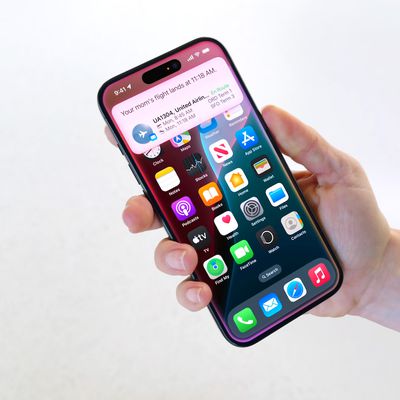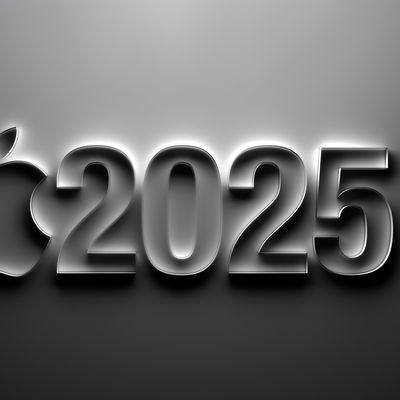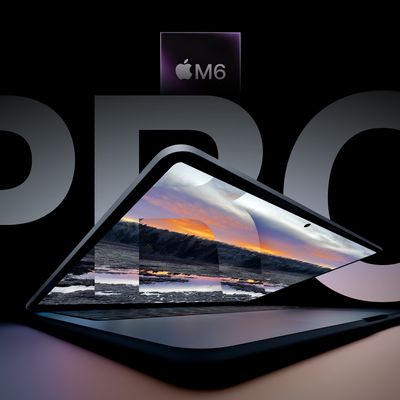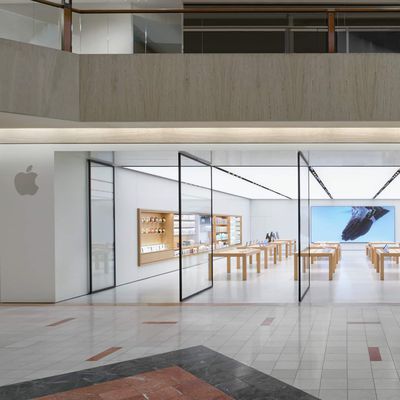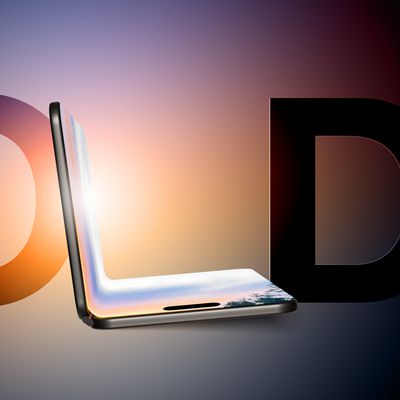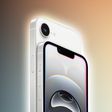Apple Expected to Use TSMC's Advanced 5nm+ and 4nm Technologies for Future iPhone Chips, Likely Macs Too
While the A14 Bionic chip in iPhone 12 models was the first chip in the smartphone industry to be manufactured based on a 5nm process, Apple and its chipmaking partner TSMC are reportedly pushing ahead on even smaller nodes.
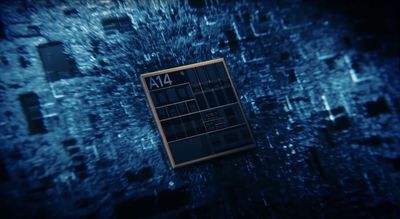
Taiwanese research firm TrendForce today reported that Apple plans to use TSMC's next-generation 5nm+ process for the A15 chip in 2021 iPhones. TSMC's website says the 5nm+ process, which it refers to as N5P, is the "performance-enhanced version" of its 5nm process that will deliver additional power efficiency and performance improvements.
Looking farther ahead, TrendForce believes it is highly likely that the A16 chip in 2022 iPhones will be manufactured based on TSMC's future 4nm process, paving the way for further improvements to performance, power efficiency, and density.
These continued process advancements should result in future iPhones continuing to provide industry-leading performance among smartphones, while the power efficiency gains could contribute to longer battery life. And considering that TSMC also manufactures Apple Silicon chips, including the 5nm-based M1 chip, these process advancements will likely extend to Apple's chips in future Macs — perhaps an "M1X" or "M2" chip or so forth.
Rumors suggest that future Apple Silicon Macs will include new 14-inch and 16-inch MacBook Pro models with an all-new form factor as early as Q2 2021, in addition to a redesigned 24-inch iMac and a smaller version of the Mac Pro.
Popular Stories
A new report from The Information today reveals much of the internal turmoil behind Apple Intelligence's revamped version of Siri.
Apple apparently weighed up multiple options for the backend of Apple Intelligence. One initial idea was to build both small and large language models, dubbed "Mini Mouse" and "Mighty Mouse," to run locally on iPhones and in the cloud, respectively. Siri's...
Apple may have updated several iPads and Macs late last year and early this year, but there are still multiple new devices that we're looking forward to seeing in 2025. Most will come in September or October, but there could be a few surprises before then.
We've rounded up a list of everything that we're still waiting to see from Apple in 2025.
iPhone 17, 17 Air, and 17 Pro - We get...
Apple in October 2024 overhauled its 14-inch and 16-inch MacBook Pro models, adding M4, M4 Pro, and M4 Max chips, Thunderbolt 5 ports on higher-end models, display changes, and more. That's quite a lot of updates in one go, but if you think this means a further major refresh for the MacBook Pro is now several years away, think again.
Bloomberg's Mark Gurman has said he expects only a small...
On this week's episode of The MacRumors Show, we catch up on the latest iOS 19 and watchOS 12 rumors, upcoming devices, and more.
Subscribe to The MacRumors Show YouTube channel for more videos
Detailed new renders from leaker Jon Prosser claim to provide the best look yet at the complete redesign rumored to arrive in iOS 19, showing more rounded elements, lighting effects, translucency, and...
YouTube channel Front Page Tech is back today with another video that provides a closer look at iOS 19's alleged design changes.
The video contains re-created renders of iOS 19, which are allegedly based on real footage of the software update, provided by sources within Apple. Overall, iOS 19 is expected to have a more glass-like, visionOS-inspired design, with added translucency for user...
Apple will be permanently closing its store at the Northbrook Court shopping mall in the Chicago suburb of Northbrook on April 26, the company has announced.
Apple has added the following notice to the store's web page:Thank you Northbook. Apple Northbrook is closing on April 26 at 7pm. We're still here for you. Please visit apple.com/retail to find your nearest store.Apple Northbrook opened ...
Apple released the first beta of iOS 18.5 last week, and so far the software update includes only two minor changes.
The changes are in the Mail and Settings apps.
In the Mail app, you can now easily turn off contact photos directly within the app, by tapping on the circle with three dots in the top-right corner.
In the Settings app, there is some new AppleCare+ information.
For ...
Apple's current struggles with Apple Intelligence and Siri began in early 2023 when AI head John Giannandrea sought approval from CEO Tim Cook to purchase more AI chips for development, according to a new report from The New York Times.
Cook initially approved doubling the team's chip budget, but CFO Luca Maestri reportedly reduced the increase to less than half that amount, and instead...
Along with an iPhone "Fold," Apple is believed to be working on a larger foldable device that's somewhere around 19 inches, and one analyst suggests it could arrive as soon as late next year alongside Apple's rumored foldable iPhone.
In a new research note covering likely post-tariff scenarios for Apple, investment firm GF Securities' lead analyst Jeff Pu says that both 18.8-inch and...



